Soaring attacks on US forces and others in the Middle East demand firm response to send a message, former top commander says
US forces in the Middle East are continuously coming under attack by Iran-backed militia groups.
Most attacks in Iraq and Syria go unanswered, and the US military not yet hit the Houthis at all.
A former top US commander says a more aggressive response may be needed to send a message.
Iran-backed groups are launching attacks across the Middle East at an alarming rate, regularly targeting US forces and commercial ships with attack drones, rockets, and missiles in response to Israel's ongoing war against Hamas.
These relentless attacks have compelled the Pentagon to carry out a small number of retaliatory strikes against some of Iranian proxies, while also raising questions over whether additional defensive actions should be taken as the Biden administration considers its options. One former top US commander who oversaw military operations in the Middle East told Business Insider that a more aggressive response might be needed to send a clear message against the region's malign actors.
"It does not appear to me that the actions we've taken so far have really caused them to change their behavior," said Gen. Joseph Votel, who served as the commander of US Central Command, or CENTCOM.
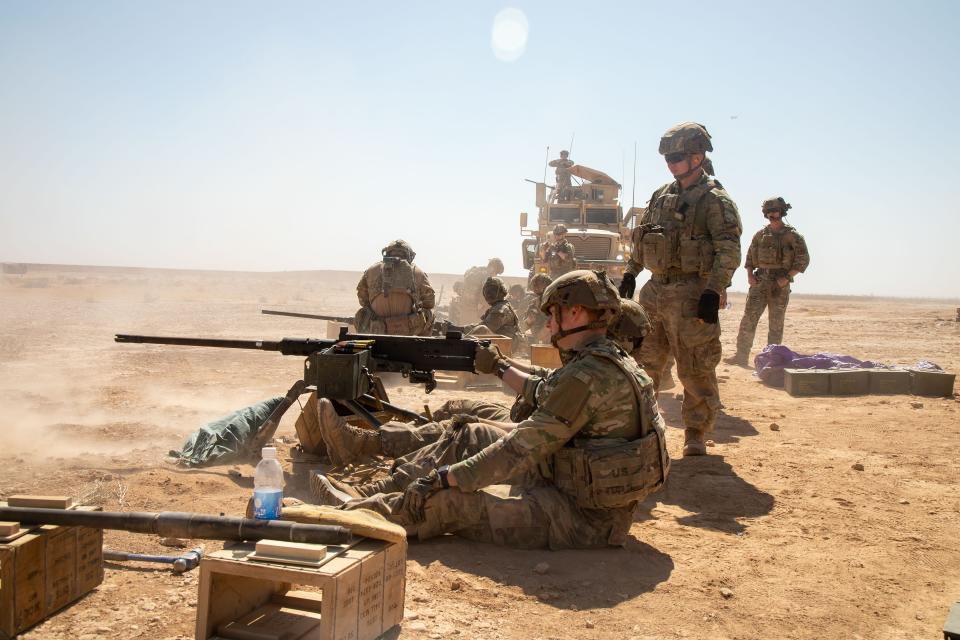
The US has around 3,500 troops based in Iraq and Syria, where they carry out counterterrorism missions alongside local partner forces with the ultimate goal of defeating the Islamic State. For years, Iran-backed groups have attacked American service members in those two countries as part of Tehran's longstanding goal of expelling Washington's presence from the region. Between January 2021 and April 2023, for example, there were 83 strikes alone.
But since mid-October, as the Israel-Hamas war heated up, this number has skyrocketed; the past two months have seen at least 101 attacks against American forces in Iraq and Syria carried out by Iran-backed groups, a US defense official told Business Insider on Monday. The Washington Institute for Near East Policy, a think tank tracking these attacks, pegs the figure slightly higher.
Though many attacks go unanswered, the US military has retaliated on a few occasions, carrying out "self-defense strikes" in Iraq and Syria with fighter jets, combat drones, and gunships. These have targeted weapons storage facilities, training facilities, and drone-launching sites used by Iran's Islamic Revolutionary Guard Corps (IRGC) and Tehran-backed militias.
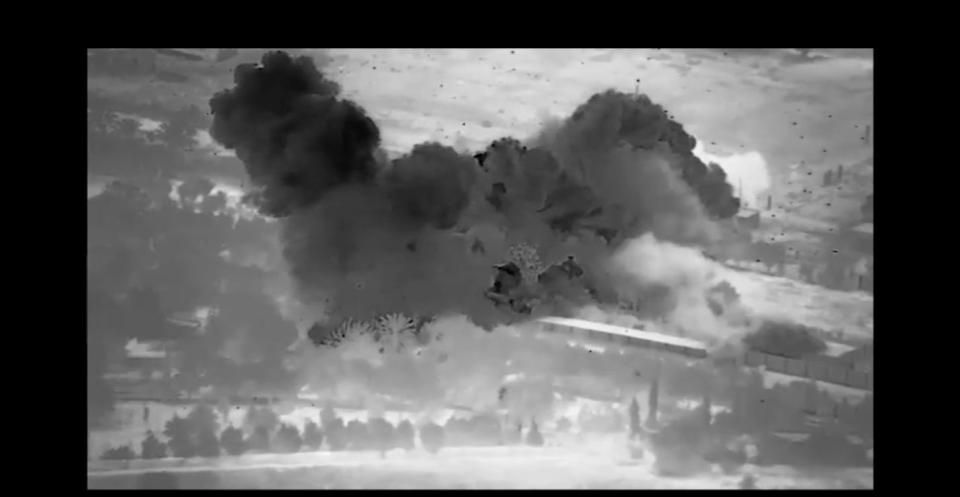
These limited retaliatory actions, however, have not deterred the attackers. Votel, who oversaw the fight against ISIS during his time at the helm of CENTCOM between March 2016 and March 2019, said the US needs to stop the aggressive behavior of Iran-backed perpetrators and "remove uncertainty" from the situation before casualties mount. Already, one civilian contractor has died from a cardiac incident while dozens of service members have been injured.
"They have to be held accountable and we have to go after them, I think, more aggressively than we have," he said.
Votel, now a distinguished senior fellow on national security at the Middle East Institute, also raised concerns that the attacks against US forces risk seriously interfering with the fight against ISIS, as some of the resources needed to carry out counterterrorism missions are now being redirected to protecting the American footprint in Iraq and Syria.
These resources include the use of aerial assets like drones and gunships, and also the general focus of service members. It's an unnecessary distraction.
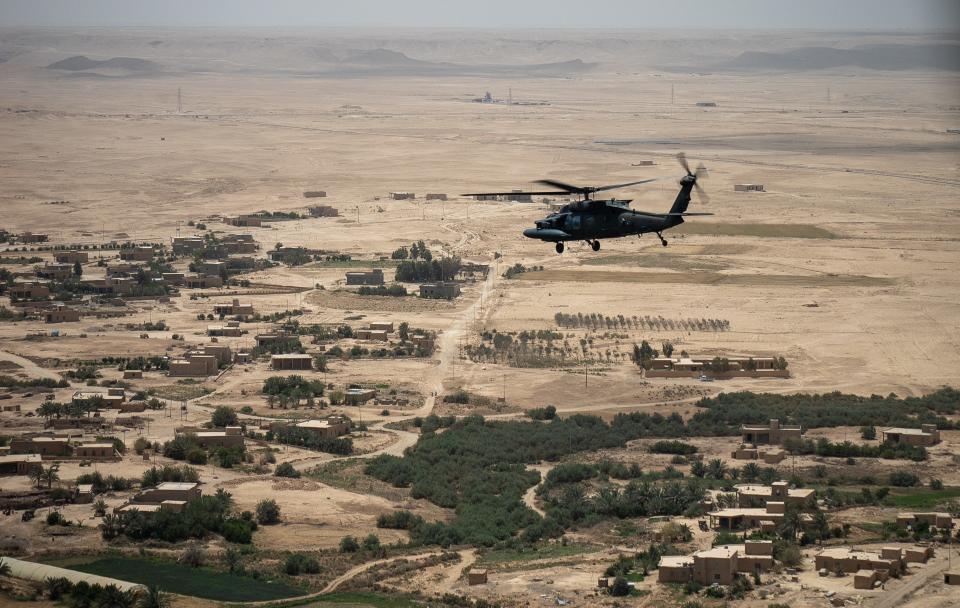
It's a dilemma facing commanders who are supposed to be tackling defeat-ISIS missions but are now dealing with another consistent threat that they can't ignore, Votel said. Convincing malign actors that it's more costly than beneficial to attack the US means diverting critical and finite resources toward a response — which contributes to the problem. But the former commander argues a tough response is needed just the same.
A majority of the Pentagon's counterterrorism missions, however, are done in partnership with local groups like the Syrian Democratic Forces or Iraqi Security Forces. And it's clear that these are continuing despite the attacks on US forces; November alone saw 40 operations, which is a figure that's consistent with past months, according to US military data.
"Even in the midst of complex challenges within the region, CENTCOM remains steadfast to the region and the enduring defeat of ISIS," Gen. Michael Erik Kurilla, the current commander of CENTCOM, said in a statement earlier this month.
Sending a message
While the US has taken some retaliatory measures in response to the attacks in Iraq and Syria, the same cannot be said in Yemen, where Houthi rebels have stepped up attacks on international shipping in response to the ongoing Israel-Hamas war.
Over the past two months the Iran-backed group has lobbed missiles and drones at, hijacked, and threatened commercial vessels transiting key waterways off the coast of Yemen.
American, French, and British warships on patrol in the area have shot down dozens of one-way attack drones launched by the Houthis, as well as some missiles, but some threats have made it through to their targets.
These multi-pronged attacks — some of which have caused damage to commercial vessels — have forced multiple companies to pause shipping through the Red Sea and led the US to discuss increasing a military footprint in the area. The regular attacks have also raised questions about the possibility of a more kinetic response and led the Biden administration to consider strikes on Yemen directly, reports say.
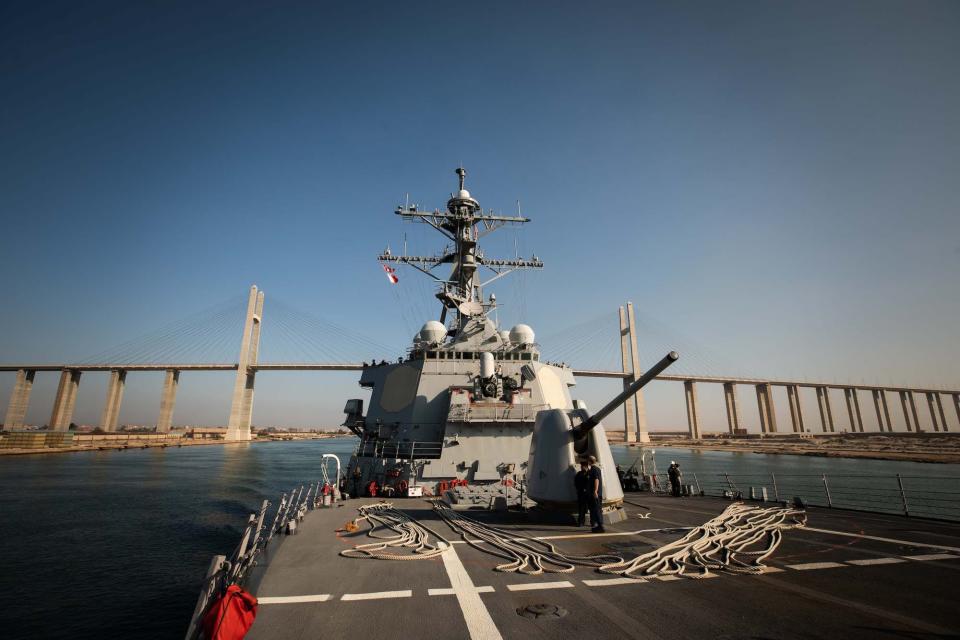
"The fact that the threat has gotten to this point — to freight companies routing around Africa instead of transiting the Suez Canal via the Red Sea — shows a failure in the US effort to establish effective deterrence against Iran and its proxies in the Middle East and to protect freedom of navigation," said Katherine Zimmerman, a counterterrorism expert and fellow at the American Enterprise Institute.
"Today's problems were predictable and possibly preventable," she said in remarks emailed to Business Insider. "The unanswered question that remains now is not just how to defend against such attacks but how to stop them."
Striking the Houthis in Yemen would not be unprecedented. The US did this in 2016, for example, after an attack on an American warship in nearby waters. But the region is teetering on the brink of wider conflict, which is one reason why experts say the US has shown caution and restraint in its response to Iran-backed aggressions.
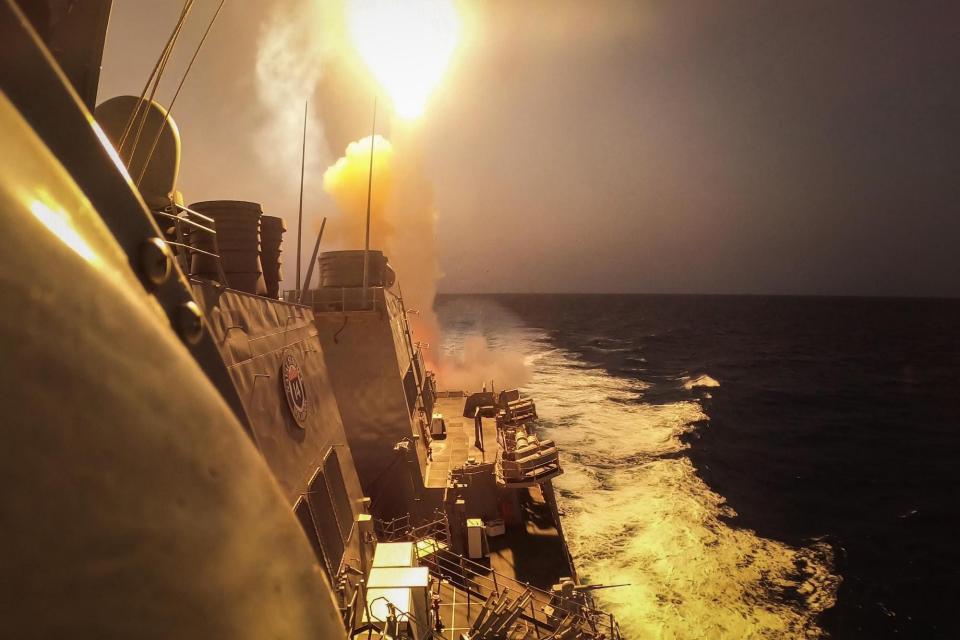
Votel said the Houthis are a distinctive entity in these circumstances in that they're trying to play a big part in Iran's so-called "axis of resistance," which is the band of proxy groups across the Middle East that opposes Israel and the US. This reality is also precisely what makes them dangerous, he said, and why their frequent provocations warrant a firm response.
The Houthis' missiles and attack drones aren't much of a challenge for the powerful and well-armed US Navy warships on patrol, and there have been no direct hits. But a lucky shot is always a possibility, and the rebels still pose a major threat to commercial shipping, which has wide-reaching impacts on the global economy and has caused alarm.
"Our ships that are operating down there are doing really darn good work in terms of protecting themselves and, to an extent, protecting others there," Votel said. "But we can't just always be in an absorb attack and defeat attack kind of world."
"We will, at some point, have to go after these capabilities, whether they're radar sites or shore-based missile sites or whatever it is that they're doing," he added, noting that the US will need to "go after them and destroy them, and send a very, very clear message that this can't happen."
Read the original article on Business Insider

